In the south of Malawi, between Blantyre and Liwonde, we find the city of Zomba. This was the capital of Nyasalandia, the former British colony, and also of Malawi during its first ten years of independence (from 1964 to 1974). Later, the capital moved to Lilongwe, but Zomba has still maintained historical buildings with a strong presence of English colonial architecture.
Zomba is the fourth most populous city in the country, but there the rhythm you breathe is more of a large town than of a crowded city. It has one of the most complete local markets in the country, and is located in an environment full of nature that makes it considered one of the greenest cities in Malawi.
The main icon of the city is its plateau, known as Zomba Plateau. Zomba is at the foot of this mountain which bears a certain resemblance, save the distances, to Table Mountain in Cape Town. On top of the plateau, you can enjoy different hiking trails, spectacular viewpoints, waterfalls and a small water dam.
This plateau was formed by an intrusion of molten rock into the metamorphic rock. Over time, this last, softer rock has eroded over and around the molten rock, and this has caused the igneous rocks, which are the hardest, to be raised above the plain on which the city rests.
Despite being one of the less crowded tourist destinations in the country, Zomba and its surroundings are a good stop to make during your trip through the country in order to enjoy nature and local life while strolling through the city’s central market. In addition, there are various lodgings where you can eat very well, and where you can relax, for example, with a good cup of tea, as the various Britons who were amazed must have done less than a hundred years ago for the beauty and tranquility of this city.
How to get there?
Zomba is a town in southern Malawi that is very well connected. The M3, the main road connecting Blantyre with Liwonde, passes through the center of the town. In fact, it is located 70 kilometers east of the country’s second largest city and 50 kilometers south of Liwonde. On this road (M3) you will have to take into account the various police checkpoints and mobile radars that control speed.
If you are coming from Mulanje, the best way to get there is to take the road that leaves Phalombe and goes to Zomba Military Airport. This 67 kilometer road is the S144 and it is a road that is paved and crosses different villages in southern Malawi where you will find a lot of bicycles and people walking around. From Mulanje to Zomba it will take approximately just over an hour and a half.
In Zomba, if you want to go and see the views from the Zomba Plateau, you will have to take Mkulichi Road that leaves from in front of the central market and turn off along Kaduya Road. You will pass the Casa Rossa restaurant, and you will go uphill along a very beautiful scenic road that takes you to the top of the Mulunguzi Dam. From the city center, it is a journey of about 7 kilometers that will take you approximately 15 minutes by car. The road is paved and there are some viewpoints where you can stop to admire the views.
If you want to visit Lake Chilwa and Chisi Island, the best way to get there is from the S143 road that exits just after Zomba Military Airport. There, instead of turning south towards Mulanje on the S144, you will have to continue on the S143 for about 23 kilometers until you reach the lake shore, in the town of Kachulu.
Finally, a very important tip when driving within the city of Zomba is to watch out for police checkpoints and street signs. We were given a fine for passing a few meters in the opposite direction on a street that was not fully indicated. This one is right next to the Zomba Police Station, very close to Pakachere Lodge, so we recommend that you keep a close eye on it to avoid any scares with the police.
What to do in Zomba?
Take a route through the Zomba plateau
Zomba is a city located just below the Zomba Plateau, a large mountain slab that rises to 1,800 meters above sea level with a peak at 2,000 meters. This area is characterized by being an area full of pine trees, potato plantations, groups of Mulanje cedars and many other vegetation. The views from up there are spectacular. In addition, you will find different streams and waterfalls that flow into Mulunguzi Dam.
To get there, you will have to drive on a road that is paved and goes up in different bends and spectacular views of the whole city and the Mulanje plain in the background. There are different viewpoints where you can stop and from where you can see, on a clear day, the Mount Mulanje and Lake Chilwa. A good road to do if you are visiting Zomba.
If you want, you can also walk up to the top of the plateau. One of the most well-known routes is the Potato Path, which is a good climb with a lot of exigence, only suitable for those who are well trained and that in an intense 45-minute journey that passes by potato plantations and climbs until the dam The departure point is just after the Casa Rossa restaurant.
If you drive to Mulunguzi Dam, you can park it there and take a walking route up the plateau such as the Nature Trail that leaves from the dam itself (it costs 200MWK per person to enter and cross the dam), you pass Mandala Falls and follow the river until you reach Williams Falls. From there, you can walk another 4 kilometers until you reach the Queens View and the Emperors View, considered during the colonial era to be the best viewpoints of the British Empire.
All these routes have been designed by WESM Zomba, the local branch of the Wildlife and Environmental Society of Malawi, which does very important awareness work in schools of the region about environmental issues such as deforestation and the need to conserve forests in the face of the serious threat posed by the felling of pine trees in the region.
Enjoy the views from Queen’s View and Emperor’s View
These two viewpoints have been considered the viewpoints with the best views in the British Empire. Located on top of the plateau, and where you can access it with a 4×4 car or on foot, on clear days you can have impressive views of southern Malawi.
The two viewpoints are located within walking distance of each other, and from there you can see Lake Chilwa, the Mulanje Mountains and the whole town of Zomba at your feet.
The Emperor’s View is named after the visit that Emperor Haile Selassie made in 1965 to Zomba. Therefore, you will find an Ethiopian flag and also several Rastafarians walking around the area meditating, just as Selassie did 50 years ago. On the other hand, the Queen’s View is named so in homage to the view of Queen Elisabeth, Queen of England, in Malawi in 1957, when it was still under the power of the British Empire.
If you want to go there on foot, keep in mind that it will take you approximately 3-4 hours round trip from Mulunguzi Dam, passing by Mandala and Williams Falls. By car, you will have to pass the entire Mulunguzi dam on the main road and follow the signs to the Trout Farm. Instead of going to the accommodation, you will have to continue on the main road, which is unpaved, and with some gradient, and you will pass by William Falls, the Chagwa Dam junction, and an area of high pines where you will find a sign on your right that will take you directly to Queen’s View where you can leave your car. We recommend a SUV or a 4×4 car to do this route as the dirt road has rocks, steep slopes and is sometimes muddy.
Visiting these viewpoints is an essential activity to do if you visit Zomba during your trip to Malawi. On clear days, from there you can sit on one of the benches and enjoy the views over the Zomba and Mulanje region.
Discover the market in the city center of Zomba
In the city of Zomba, we also find a traditional market right in the center of the city which is like a shopping mall. It is a wonderful example of African local markets, where you can find almost everything, and it is distributed in different parts.
We recommend that you get lost there, and stop at the place where they sell dried fish, or at the fruit stalls; and suddenly you arrive at the electronics place, the different clothing stores and also car parts, the meat market… A multitude of stalls where the sellers will stop you in a friendly way to see if you want something, and where you will spend the afternoon very fast. And if you can, buy something that you’ll be supporting local businesses too.
Visit the different colonial buildings of the city
As we have already mentioned, Zomba was the capital of the British Empire when it controlled the country under the name of Nyasaland. Because of this, today you can still see remnants of British colonial architecture in the streets of the city center. In addition, in Zomba there is still quite a white population of British origin that lives in the city.
From Pakachere Lodge, you can walk to the Botanical Gardens and from there enter the neighborhood where the British settled during their time in the city. You will be able to admire different historical buildings, and see the old Parliament and Government buildings. Unfortunately, the house where the British Governor lived and which could be visited (built in 1886) burned down in December 2019 and has been partially destroyed.
Do a trip to Chisi Island, in the waters of Lake Chilwa
30 kilometers east of the city of Zomba, you can reach the town of Kachulu and the shores of Lake Chilwa, the second largest lake in the country after Lake Malawi. This lake is what you will be able to see from the different viewpoints of Zomba Plateau. Once you arrive at the lake, one of the most common excursions is to visit Chisi Island, which is 45 minutes away by canoe, and from where you can observe a significant amount of birds. If you want to do this excursion, you can contact Pakachere Lodge directly or Isaacs who is a guide in the area on +265999015560.
This lake stands out for being very few meters deep and is currently suffering severely from the consequences of climate change. Due to the lack of rain at certain times of the year, some parts remain dry and the fishermen have to return carrying their canoes on their backs. In this article, you can learn more about the different drought episodes that have occurred in Lake Chilwa.
Where to sleep in Zomba?
Zomba is the fourth largest city in Malawi. Therefore, it is a place where you will find all kinds of services. You will find different types of restaurants, accommodation, shops and also services such as laundries (we went to one that was right next to the Total gas station which is close to the central market) or mechanical workshops. To sleep, we recommend that you choose between these two places:
– Pakachere Lodge: This accommodation located in the center of Zomba is the star Lodge of the city. It has a large garden where you can rest and different types of rooms (shared bedrooms, double and single rooms…) and a camping area. In addition, they have a good restaurant and organize daily different types of activities that you can participate. A very dynamic space ideal for all those who want to meet people and enjoy a very authentic backpacker atmosphere. For more information, you can click here.
– Casa Rossa: This establishment is one of the best in the city. It has spectacular views of the Mulanje plain, and apart from rooms, it also has one of the best restaurants in the country. We went there for lunch and felt at home. There, you can eat good Italian pasta, also pizzas, and some spectacular handmade ice creams in a relaxed and calm atmosphere above the city of Zomba. For more information, you can click here.
Our route
DAY 1: After the intense hiking route in the Mulanje area, it was time to have lunch and travel the few more than 100 kilometers to reach Zomba, our next travel destination that we did with Susanna.
We left Mulanje behind us, with many rural villages that live on agriculture and tea and which, together with the green of the mountains and the large number of bicycles that circulated up and down, made a very inspiring scene of African essence.
We had already been on the road together for several days, and we still hadn’t done the laundry. In fact, it was probably one of the tasks that caused us the most laziness during our sabbatical year in Africa. At home, with an hour and a washing machine, we do enough to have clean clothes. But when you’re an inexperienced person like us and you have to do it by hand, it takes longer and you have the feeling that the clothes never end up being clean… During the trip, we washed the clothes by hand many times, trying to learn from women we saw washing clothes in the river or in the small watering holes. But now, heading to Zomba, we had too much clothes to wash by hand. So, we took the opportunity to look for a place to wash clothes. This was the first task we did when we arrived in the old capital of Malawi.
In Africa, places that have a washing machine are often for washing more elegant pieces like a jacket or a suit, and they usually give you the price per piece. And Zomba was no exception. After going to a place that didn’t want to charge us a price per kilo, and when we were already imagining what our next few hours would be like sitting around washing clothes, we asked a man who sent us to a hidden place behind the central market where there were clothes shops and a small shop with washing machines.
We went down knowing that it was the last option we had to do the laundry, and not have to wash by hand… And when the man saw that we were coming down with a big bag of garbage, he already made a bad face. He told us that it was by piece, but of course, we didn’t wear dresses or jackets, but our clothes were tights, T-shirts, some sweaters and underwear. Finally, maybe because of our little knowledge of Chichewa or because of the faces we were making, the man agreed to take the whole big bag of garbage for us for about 4 euros, and told us that after two days we could go to come back for the clothes. We already had this important task solved!
Then, as dusk was approaching, we went to the Pakachere, the place where we would spend two nights and that we had heard so much about. It is a place with a very large garden where you can relax and rest. We camped with the car, and Susanna slept in a room. We took the opportunity to take a shower and have dinner right there since after the hard hiking route through Mulanje the next day, our battery was almost discharged. So we went to bed early to be able to recharge our batteries and discover the city of Zomba and its surroundings the next day.
DAY 2: We had the whole day to discover the Zomba Plateau, one of the essential activities to do if you are in this area. We got up and had a leisurely breakfast, with shoelaces from the previous day’s excursion to Mulanje. Finally, we would go by car and not do any walking route as we were still dragging the fatigue of the previous day’s ascent in Chambe Basin.
We left the Pakachere, and before going to the Zomba plateau, we took a tour past the different historical buildings of the city, such as the Parliament. This area looked much more European, in other words, less African. And how did we notice this? Because there weren’t many street stalls in the streets, there wasn’t a large crowd of people, there were car parks marked by lines and the houses were British style. A clear example of the life of the British during the colonization of Africa in the 19th and 20th centuries.
It wasn’t quite a clear day, but the sky wasn’t as gray as the final part of Chambe Basin in Mount Mulanje, so after the historic town tour, we drove to Mulunguzi Dam on the scenic road that climbs up zig zags This route and the views were stunning, and we stopped at a viewpoint to take some pictures. We had southern Malawi at our feet!
We continued driving, passing the dam and just after that we left the main road to take a dirt road that crossed a small stream and went in the direction of Queen’s View and Emperor’s View. Before that, however, we stopped to see William Falls.
These waterfalls were located a few meters from the path, with stairs that had a considerable distance between them, and where we noticed all the shoelaces from the day before. On our way back, a vendor was waiting for us who was selling different types of minerals that are found on this plateau. After he showed us the different stones, Susanna bought some of them as a souvenir of the Zomba Plateau.
The path was getting steeper and steeper, with more stones in the middle of the terrain and steeper slopes. We passed the Chagwa Dam junction, and when we had a large pine forest on our left, we found the lookout junction on our right. Maps.me indicated that we were a 5-minute walk from the viewpoints, so we decided to park the car on the road and went walking there.
Up there, and outside the car, the cold was more insistently felt. We were almost 2,000 meters above sea level and the thermal difference with the city of Zomba was considerable. We passed some workers, until we reached the Queen’s View.
There, the day had already turned gray and the clouds were passing quickly in front of us. We were almost above the clouds, on a gray day where you could see absolutely nothing. We had been unlucky with the weather, like the day before in Mulanje.
We continued walking to the Emperor’s View which is a 5 minute walk from the first viewpoint, and the weather was the same there. Clouds, gray and a storm that made it impossible for us to see beyond 2 meters. What we did see was the flag of Ethiopia, and 2 Rastafarian guys who were there waiting for a friend, and while smoking marijuana they explained to us the relationship between the Ethiopian emperor and that place.
As the clouds were passing in front of us but not disappearing, we returned to the car and stopped at the junction of the Chagwa Dam to walk to the dam. After 5 minutes we reached there, and we were disappointed as we were expecting a bigger dam.
When we returned to the car, to the east of where we were, the day was opening. We began to see the blue color of the sky among the gray and white clouds, and the sun peeked out shyly. So when we got to the car, we decided to give a second opportunity to the viewpoints, which were considered the best views of the British Empire during the colonial era.
And, in the second chance, the victory came… We drove to the viewpoint of Queen’s View and from there we had a much better view than 30 minutes before. Perhaps we had come too early, but now we could see the town of Zomba, Lake Chilwa and the whole Mulanje plain in front of us. Really, the views from this place are spectacular!
We walked, once again, to the Emperor’s View where we found our two Rastafarian friends sleeping on the grass. There, we also had a very good view despite the fact that it was not a completely clear day. It seemed that the clouds were playing with us, because when there was a clearing, immediately a cloud came behind to cover it. But, despite this, we were glad to have returned and to have seen part of the views from these two viewpoints.
It was almost time for lunch, and we had to go and try the Casa Rossa restaurant, an Italian food restaurant that some reviews said was one of the best restaurants in Malawi. So, since we were passing through, we stopped at Casa Rossa for lunch.
This establishment is located above the town of Zomba. It is a very beautiful house, with a garden and a terrace that has very beautiful views over the Mulanje plain. Fortunately, there were a couple of tables occupied (only tourists and white people were eating there), so we were able to sit on the terrace itself.
We tried their pasta, their pizzas and their handmade ice creams and we licked our fingers. The food was spectacular, and the company even more so! Susanna invited us and, luckily, we brought money, because at that time you couldn’t pay by credit card.
Just as we were leaving, a family arrived from Belgium who were visiting their daughter who was doing a teacher training in Lilongwe. Malawi is one of the most common destinations for this type of experience, as well as volunteering. And, it was common to find families coming to visit their loved ones and setting foot in Africa for the first time.
In the afternoon, after resting for a while at the Pakachere, we took the car to pick up the laundry we had done the previous day. They really saved us a lot of work by using their washing machine, and luckily, this time it wasn’t like in Kasane (Botswana), and the clothes arrived spotless.
We took advantage of being close to the market to walk and discover one of the liveliest markets in southern Malawi. In the center of Zomba, you can find everything. It’s like an open shopping center, where you walk through narrow corridors that form between the different metal asbestos stalls where they sell everything.
We entered the clothes, meat, fish and also the fruit area where we took the opportunity to buy some vegetables that we needed for cooking and use our notions of Chichewa. Now that we had been in Malawi for more than a month, we knew more and more and people were happy to hear us speaking their language (or at least try to).
After the food area, came the electronics area with multitudes of telephone and repair stalls that were distributed among the market. In Africa, the markets are for spending the whole day there, watching the negotiations between sellers and buyers, how they load the goods, how they dismantle the shop, or how patients wait to have new customers in front of their counters while they greet you with a small smile .
We had spent a full day in Zomba, and Susanna was in her last days in Malawi before returning to Catalonia. Then, we would continue on our way to Mozambique, our next stop.
DAY 3: Today it was time to return to Lilongwe to visit some of the places where Susanna was 27 years ago when she went to Malawi to do volunteering. The country had not changed much from before, and we still needed to visit Innocent, a young seminarian who was probably now, after so much time, a priest; as well as an area on the border with Zambia where there was a hospital where Susanna worked during the first time she had visited the country.
A quiet day on the road awaited us, where we would stop at the border with Dedza so we could ask how the whole PCR issue was working. According to the information we found on the Internet, to leave Malawi you needed a PCR that had to be done at certain hospitals in Lilongwe, but the problem was that it cost 100 USD per person, and we didn’t want to get into that business. So, we wanted to go to the border to see how people crossed, if they used PCR and where they did it.
But the peaceful day was soon shattered when, suddenly, leaving the Pakachere and as we took the M3 main road, a policeman stopped us. He pulled us over on a curb, right in front of the police station, and told us that we had committed an offense and that we should be fined.
We, surprised, asked him which one and he told us that we had gone in the opposite direction on a street that we could not drive on. What we had done was follow a taxi in front that happened to pass on the same street and also suffered the same bad luck as us, and we didn’t notice a sign that was painted and said no passing.
The police asked for all the documentation, and made Esteve get out of the car. He went to a staircase full of police trying to negotiate and have the fine waived, but they laughed and threatened that we would have to pay a lot of money. We had committed an infraction and now it was time to negotiate with the police to get the smallest possible fine…the day did not start calmly!
After using the theater technique, where Esteve pretended to be angry, Laia went down to make peace. We entered the police station and there some of the policemen threatened us that we would go to jail. A fact that made no sense at all because it was impossible, but it was more a matter of power than anything else.
We were taken to the chief’s office as we did not agree with the amount they told us we had to pay, and the old man silenced Laia in a contemptuous tone. In Africa, unfortunately in the circles of power, there is a very latent masculinity. Pissed off, we went to complain to another officer until we saw that if we got much hoarser, we might have to sleep another night in Zomba.
We tried to reach an agreement and get all the documents back, and in the end we paid MKW 20,000 (about 15 euros at the time) for an infringement which, apart from that, cost us a good hour of time. When we left, the taxi driver in front was still waiting because he didn’t want to pay the fine either.
Despite this little incident, we were able to do what we had planned. We got to the border with Mozambique, where we were told that people get a free test at the Dedza hospital and, after, they send you an email with the results, and by lunch time we were in Lilongwe, before experiencing the last few days in Malawi, one of the most beautiful countries we have been to during our gap year in Africa.



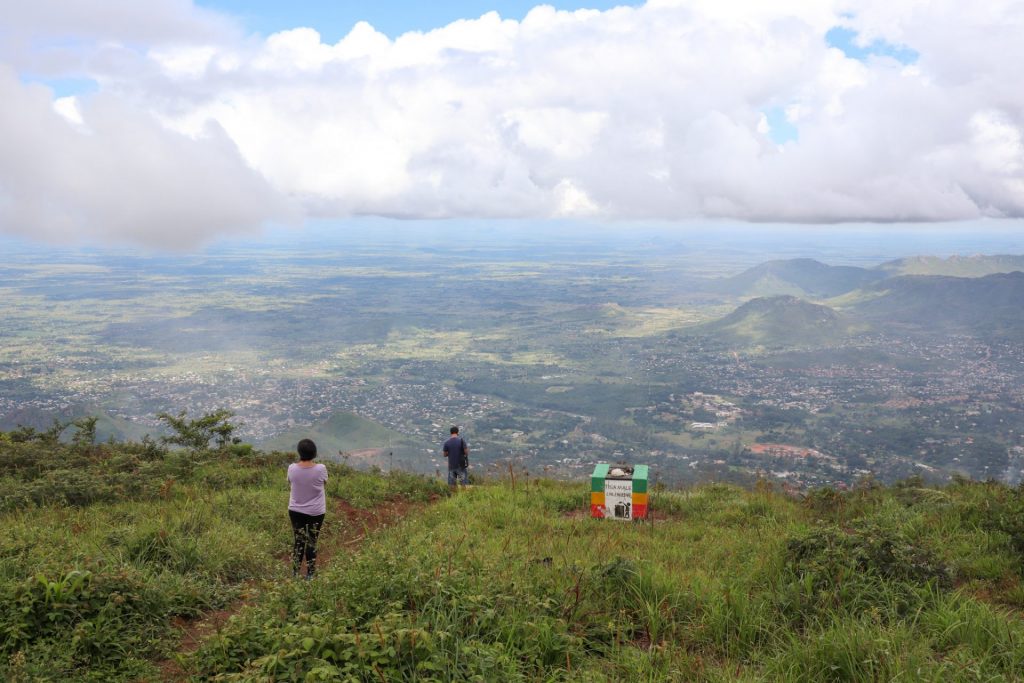
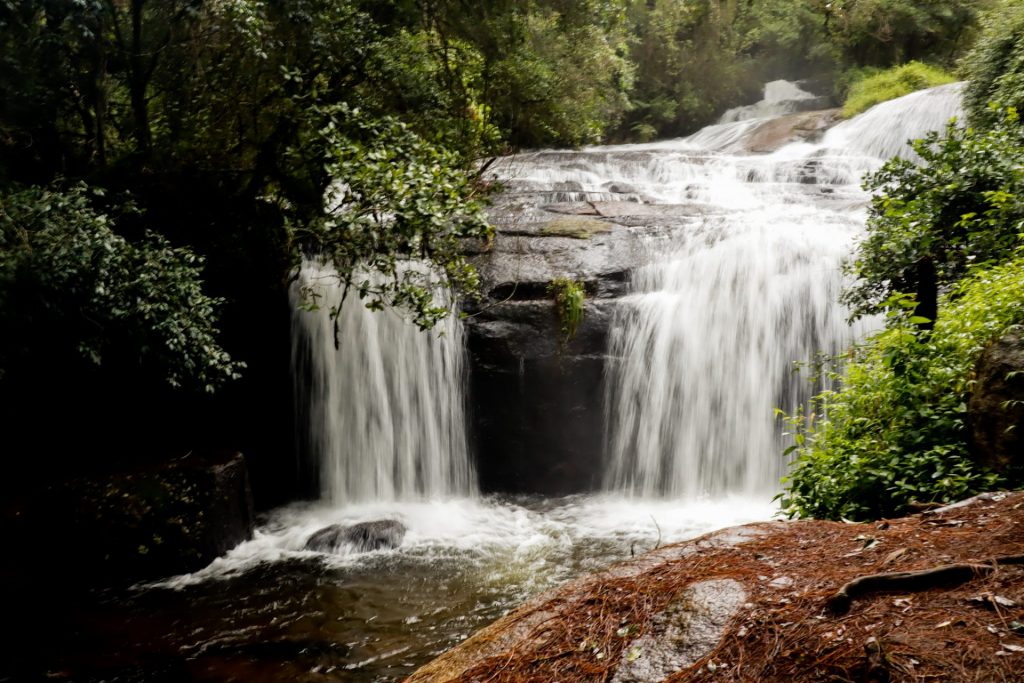
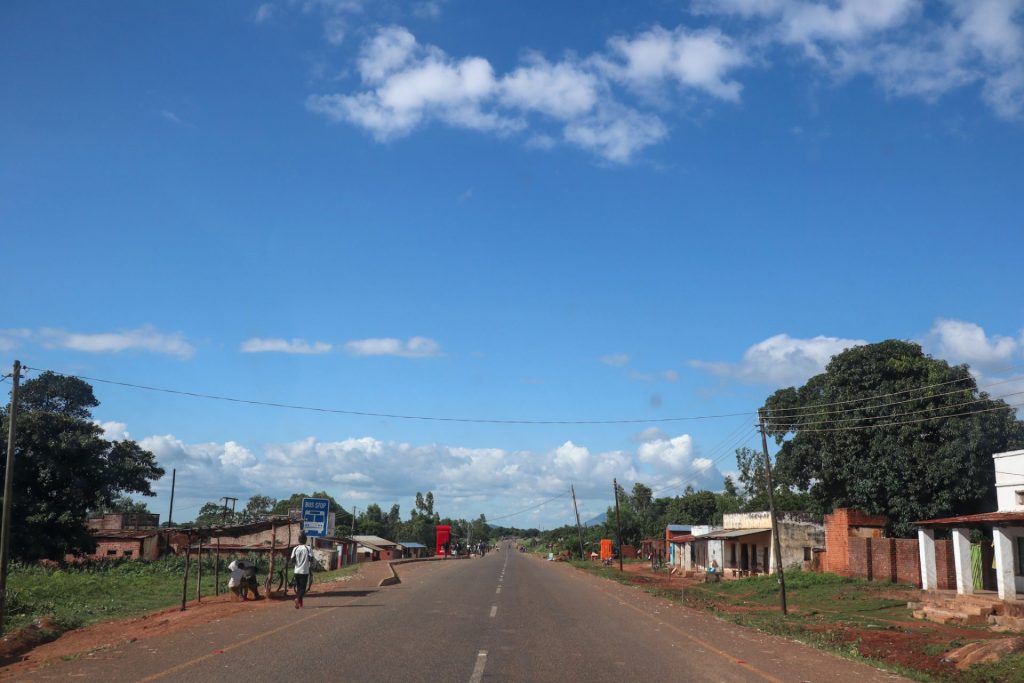
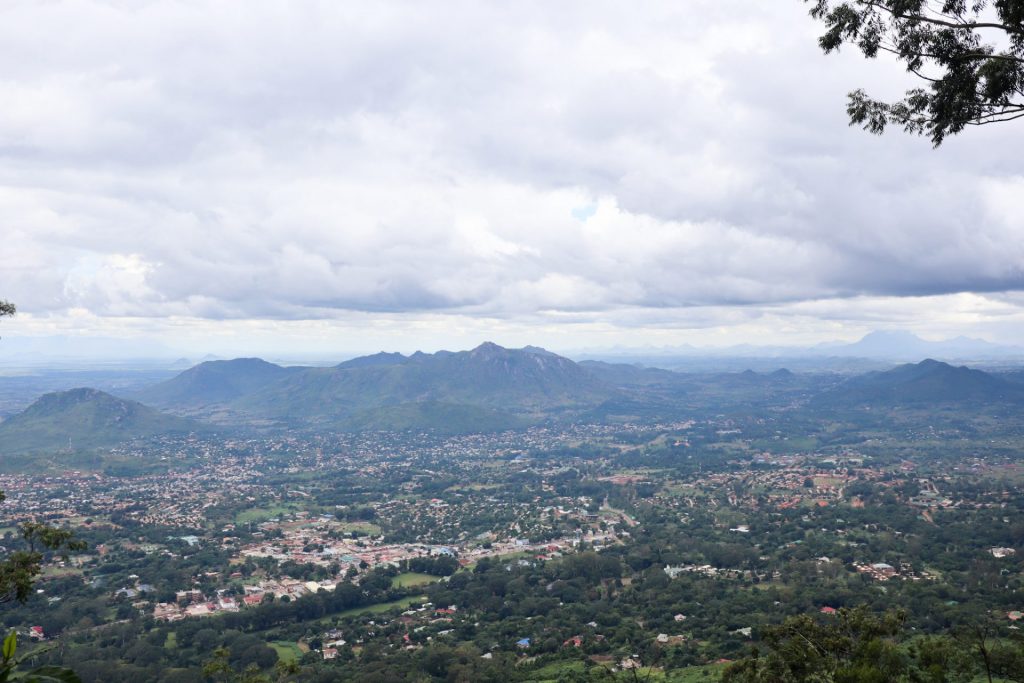
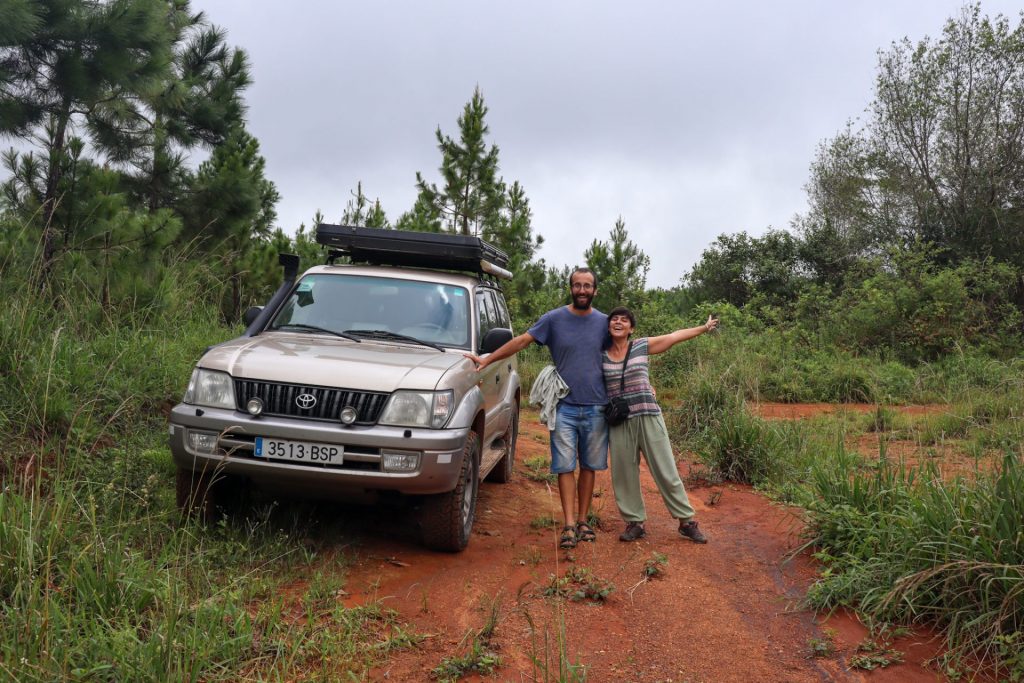

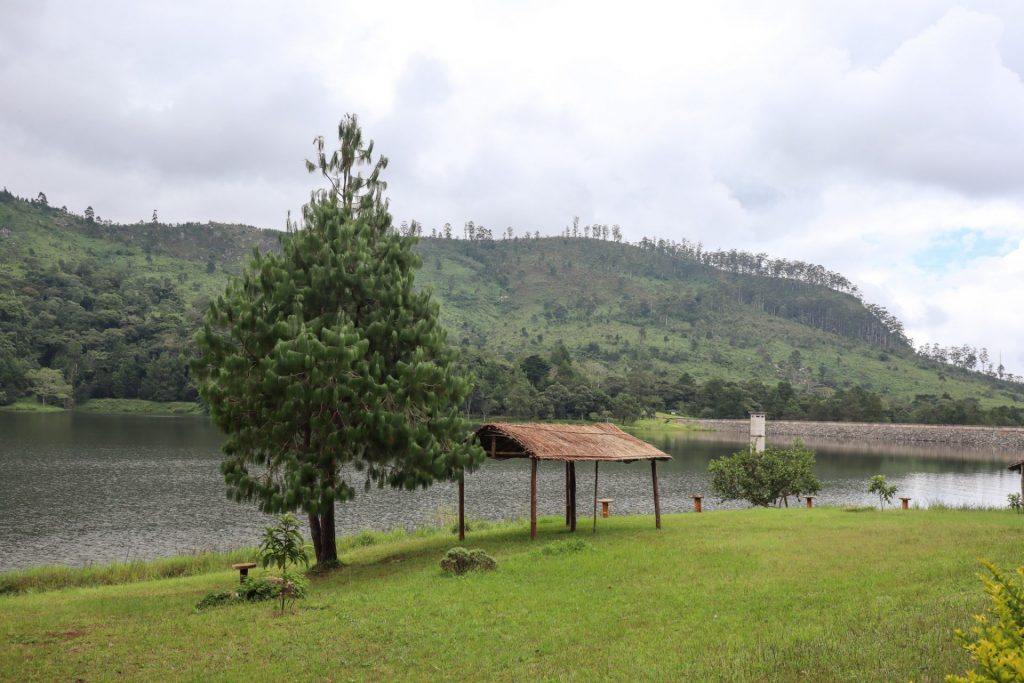
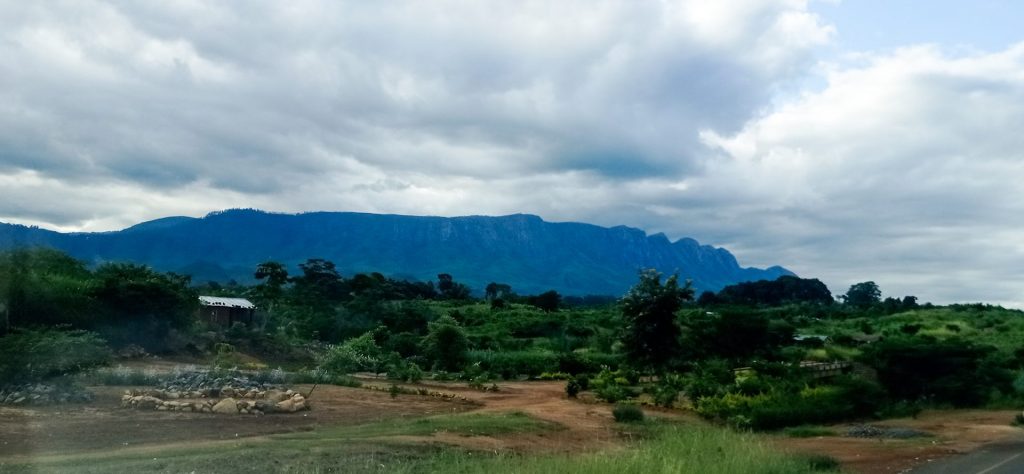

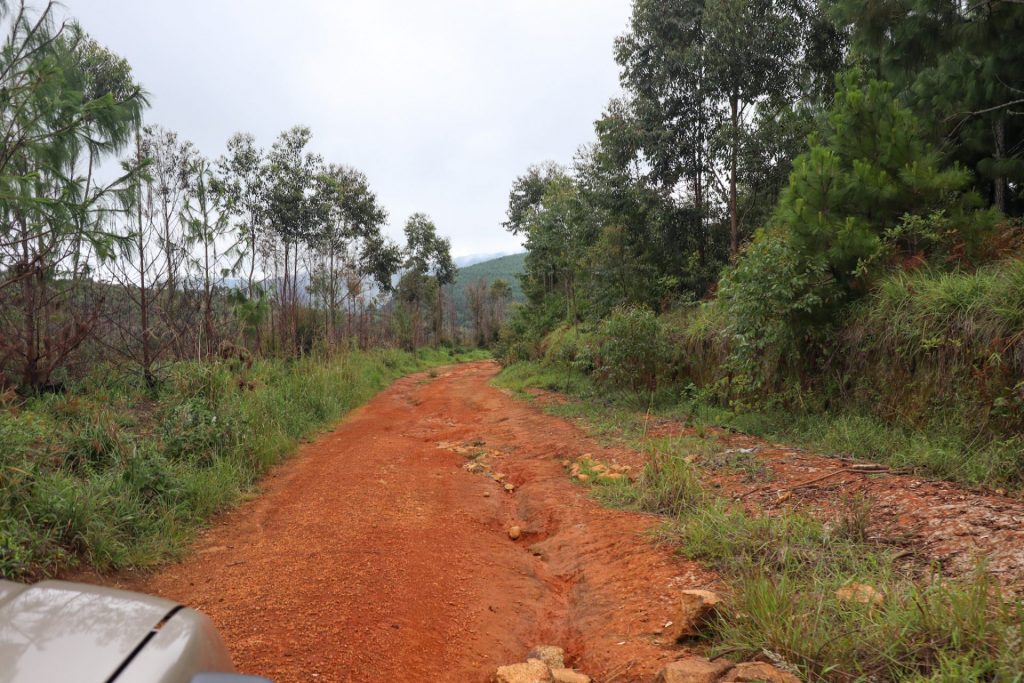

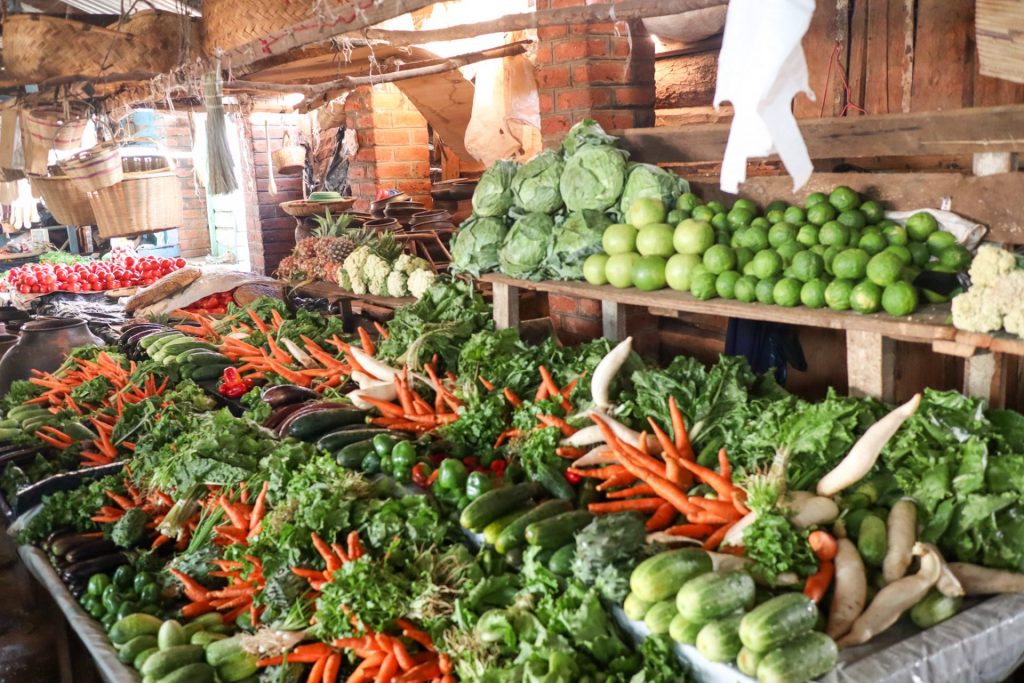
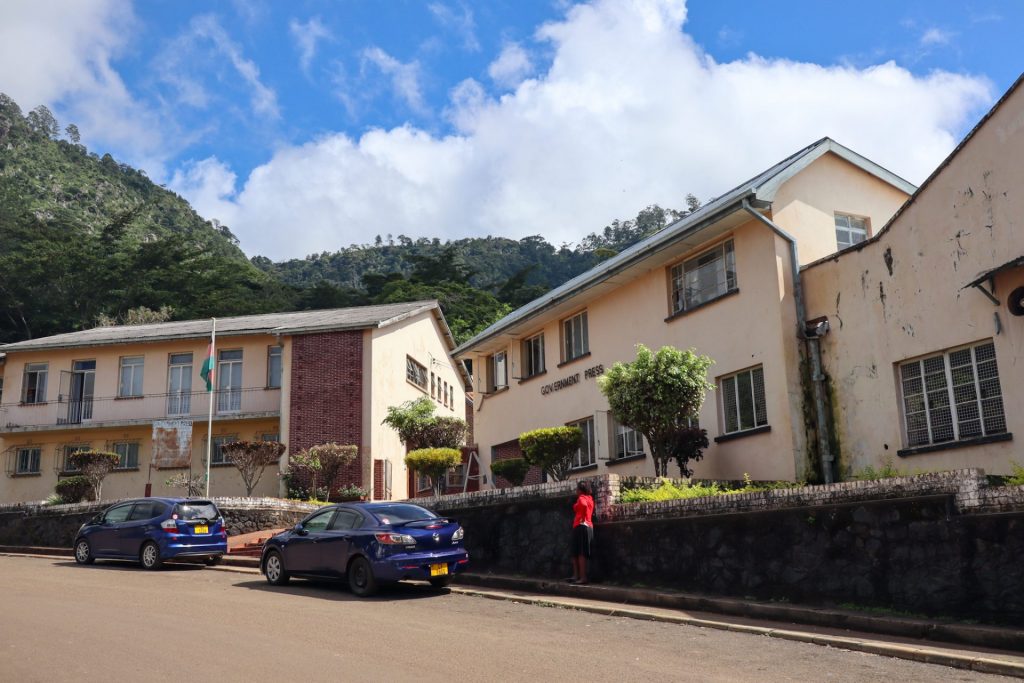
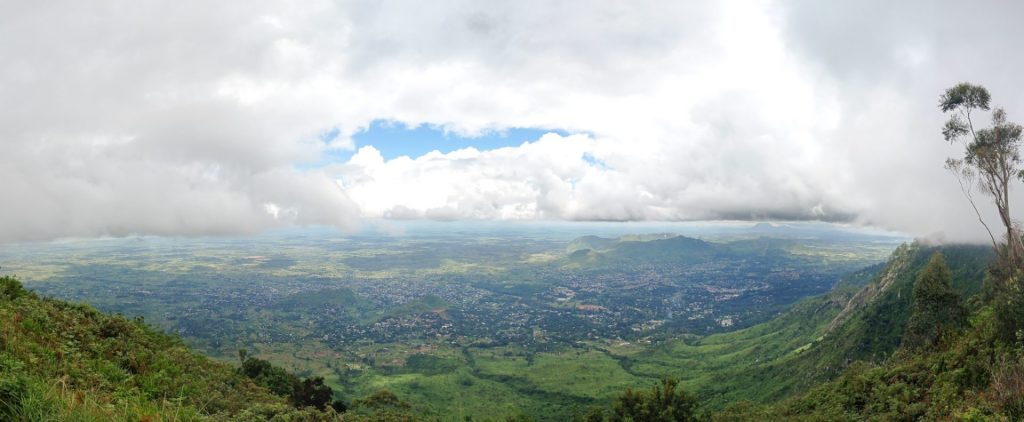
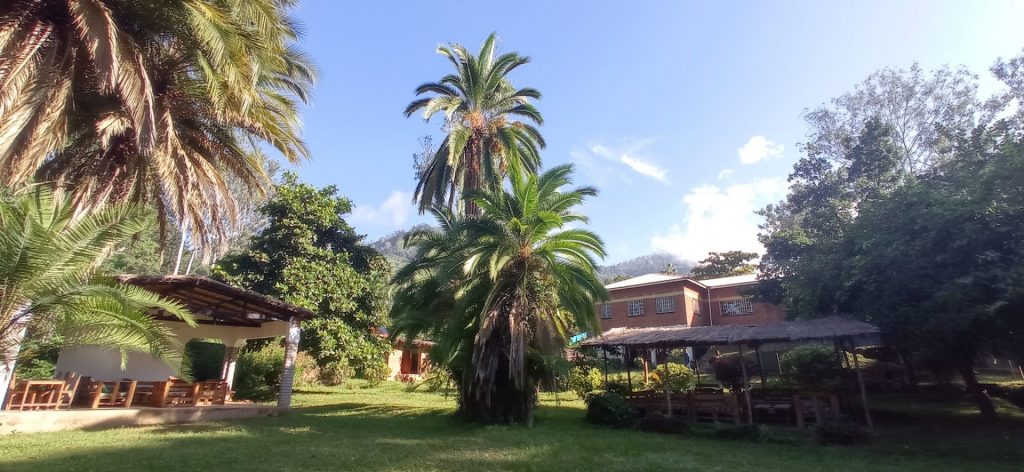
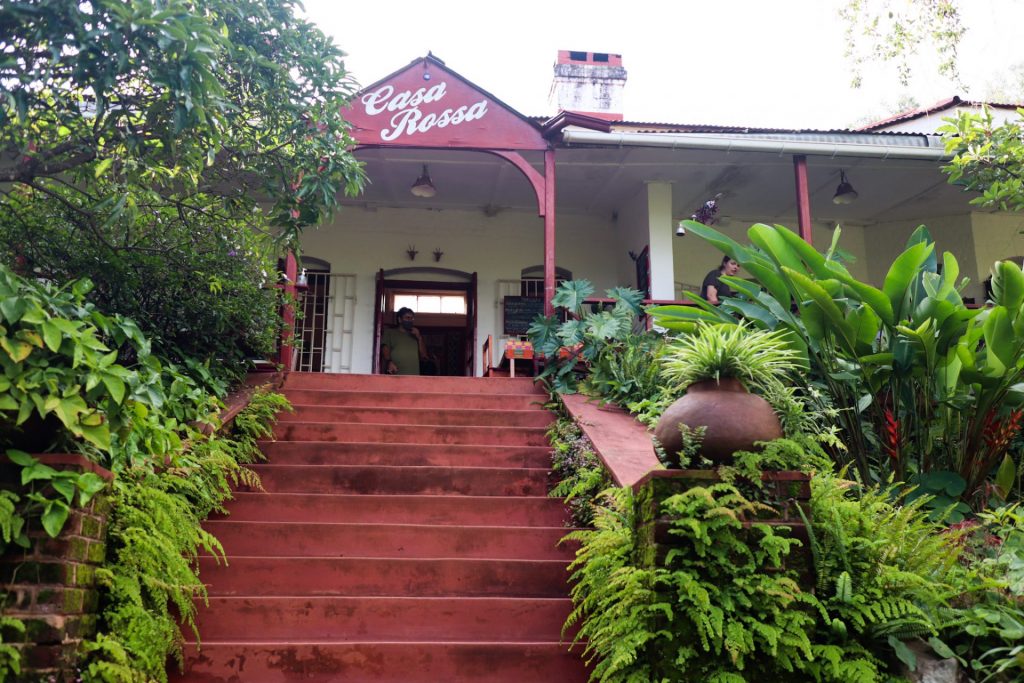
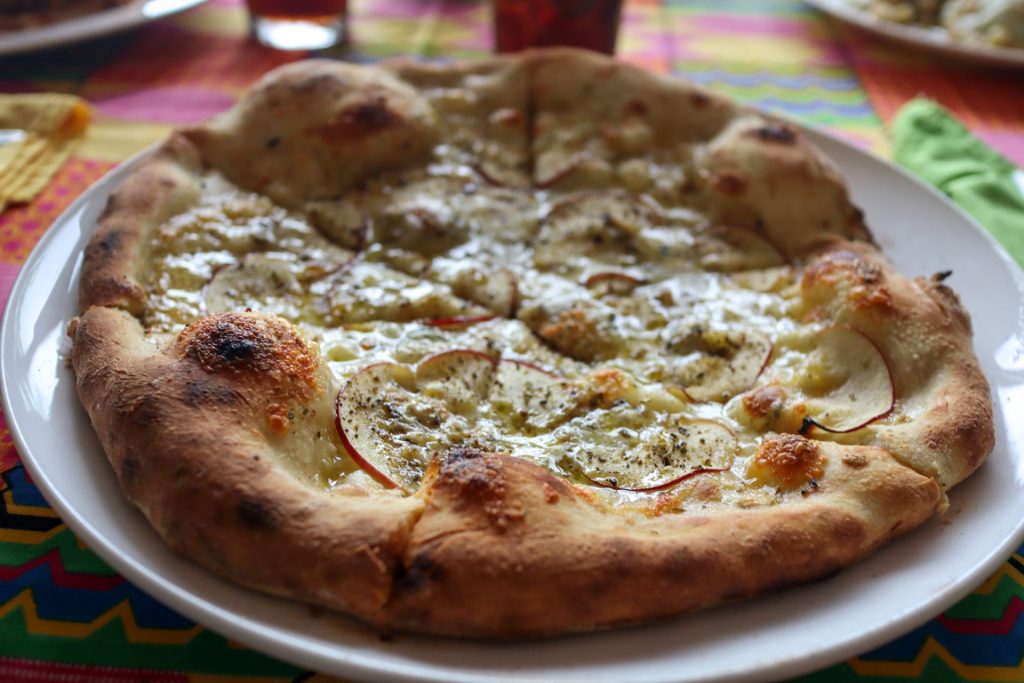
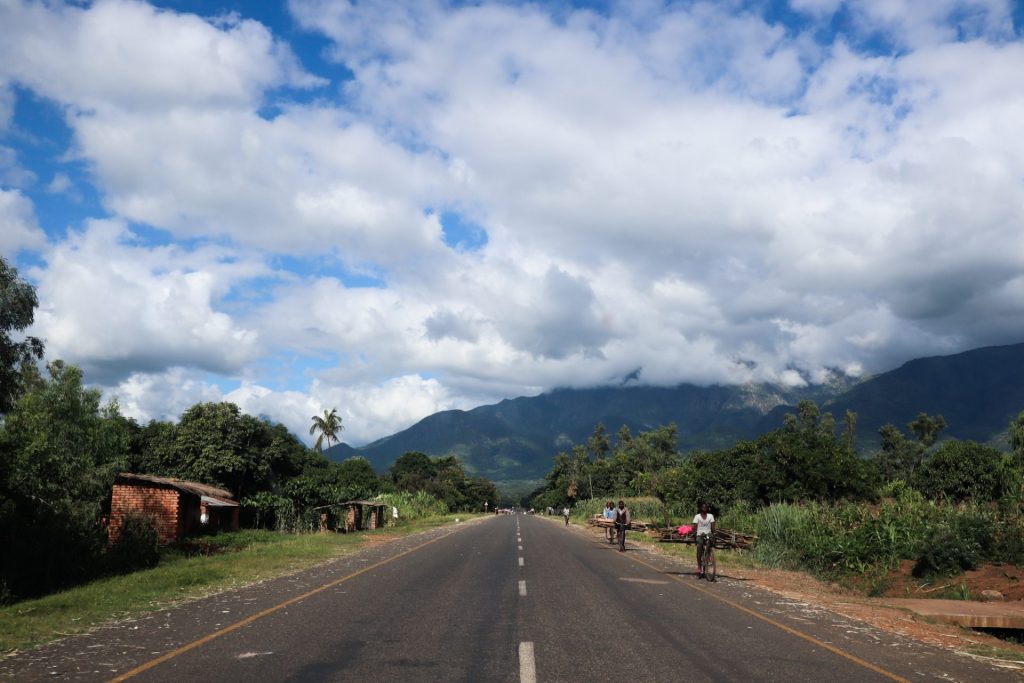
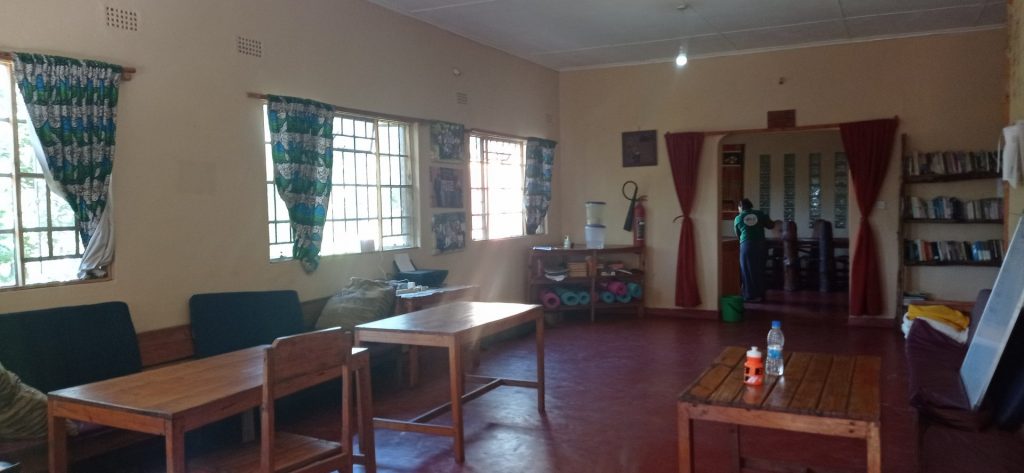

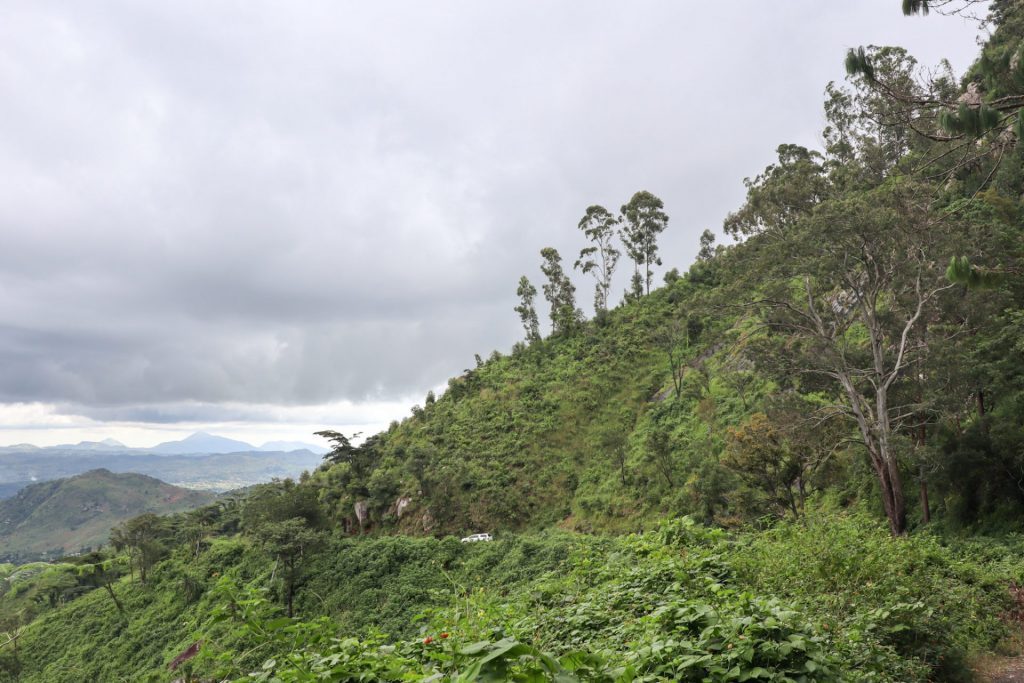

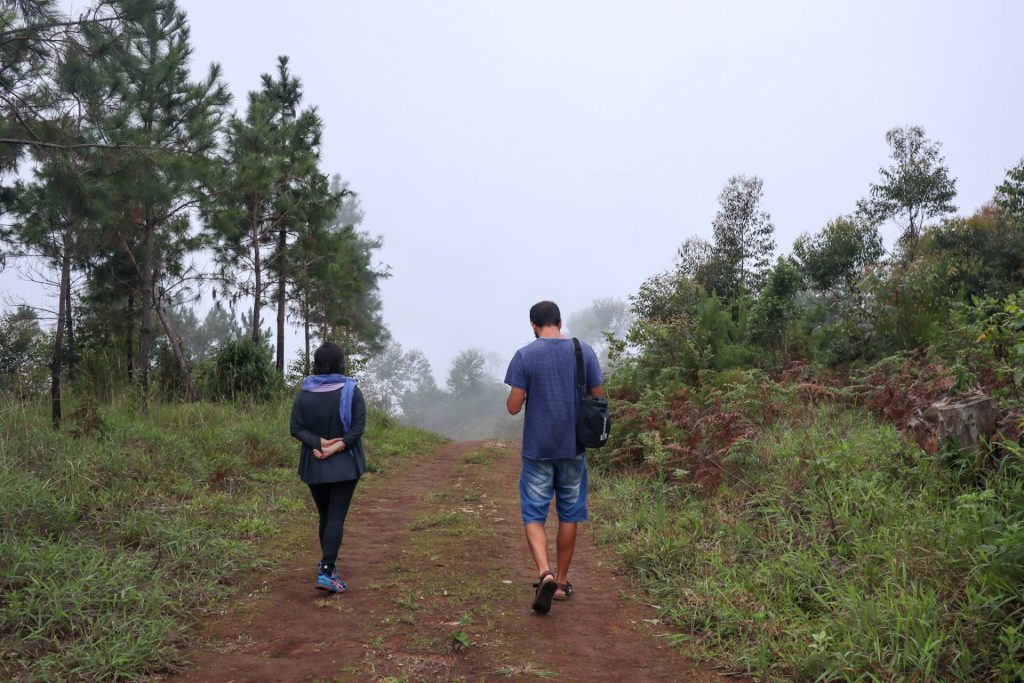
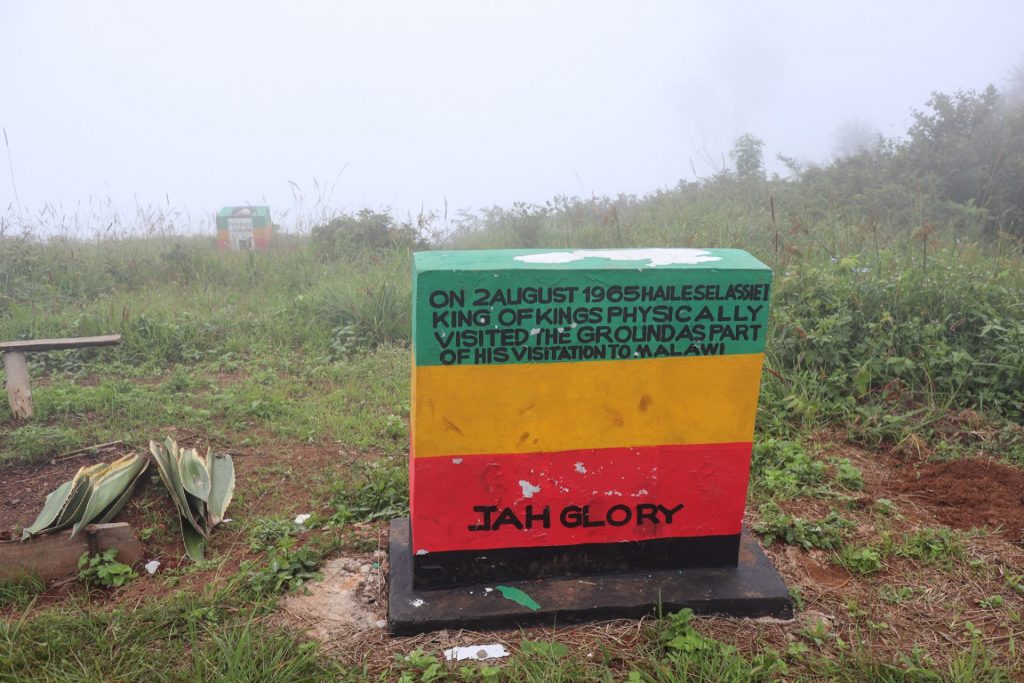
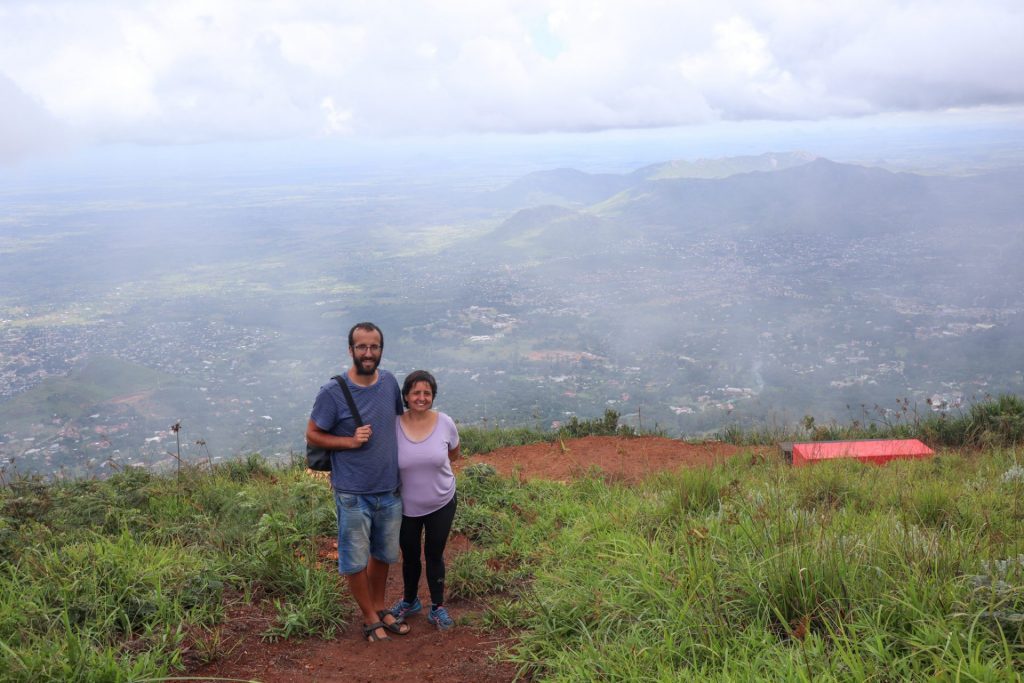
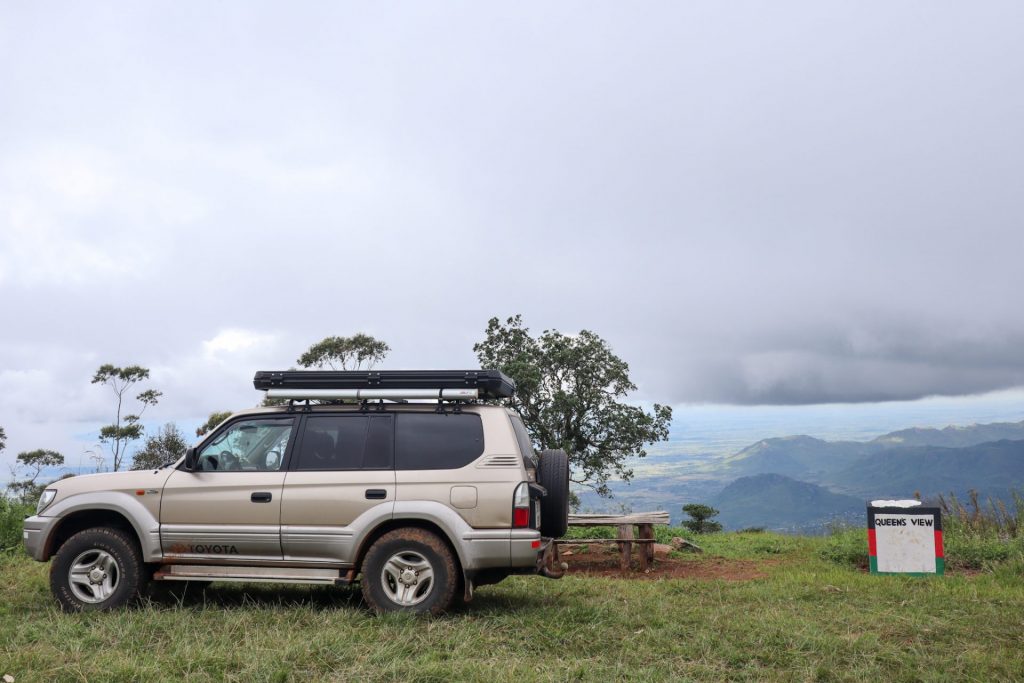



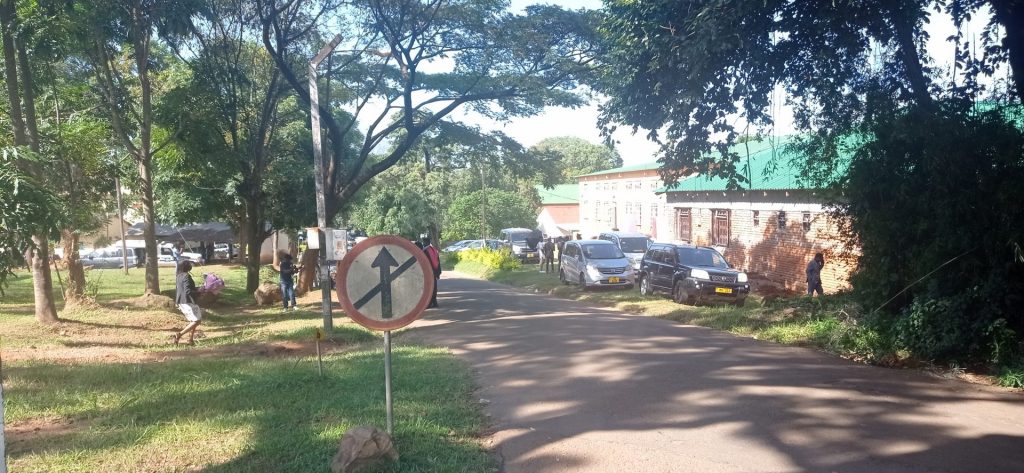
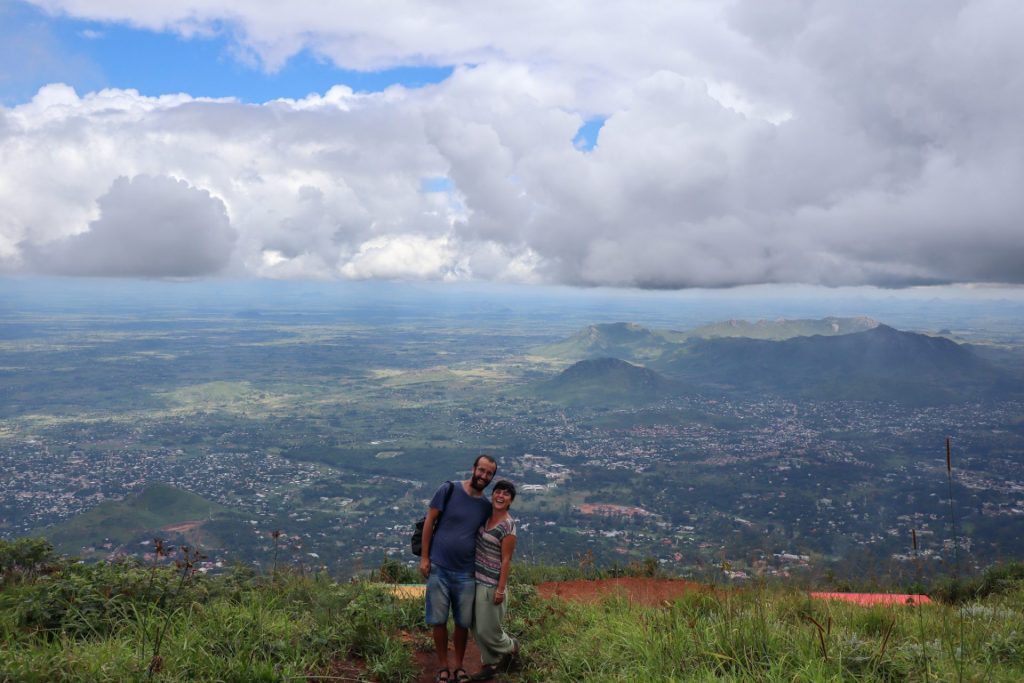

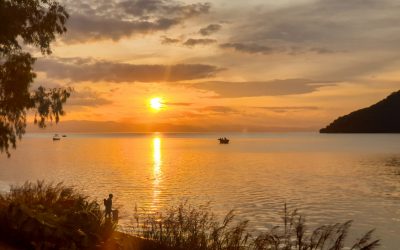
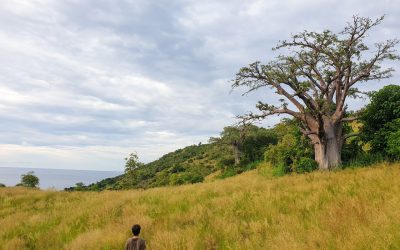
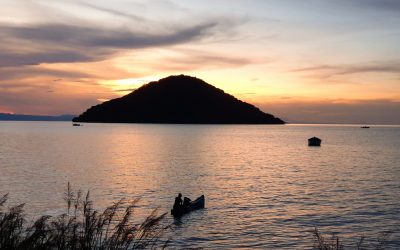
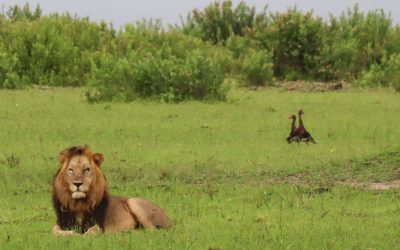
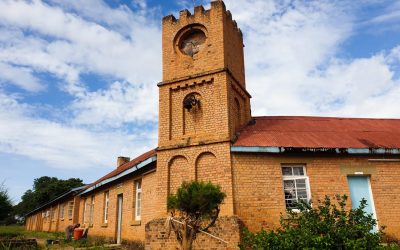
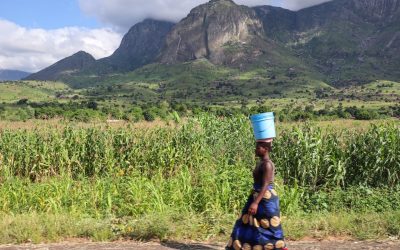
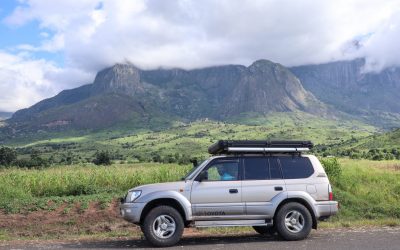
0 Comments